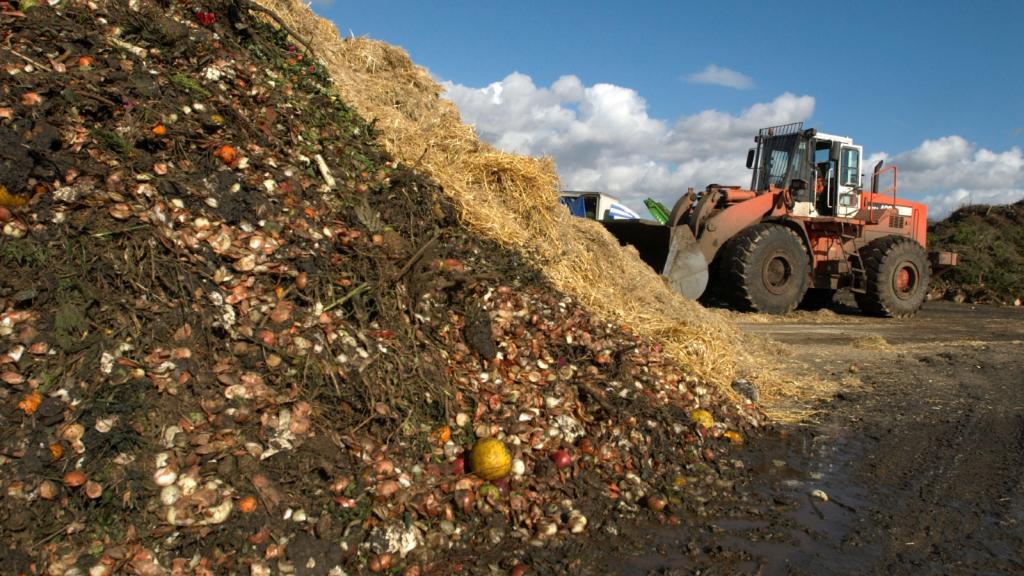Record-hot temperatures have scorched the Earth, with recent years numbering among the warmest since records began in 1880. But that’s just the start of the kind of heat we’re headed toward, the World Meteorological Organization warned on Wednesday.
It’s a near certainty that one of the next five years will be the world’s hottest on record, the organization said, the result of human-caused climate change colliding with an “El Niño” weather pattern that warms the globe. Marked by hotter surface waters in the tropical Pacific Ocean, El Niño is replacing La Niña, a cooler pattern that has actually tempered the heat of the last three years.
The meteorological association cautioned that the world could see temperatures that are 1.5 degrees Celsius (2.7 degrees Fahrenheit) warmer than preindustrial times, with a two-thirds chance that at least one of the next five years will breach that threshold. Holding global temperatures below 1.5 degrees has been a rallying point for island nations that threaten to get swallowed by rising seas, and became an aspirational goal of the Paris Agreement that roughly 200 countries negotiated in 2015. While temporarily hitting the 1.5-degree mark is different from seeing an average of 1.5 across many years, the extra heat from El Niño, on top of climate change, could usher us closer to this hotter future.
Every tenth of a degree that the planet warms pushes it toward worrisome tipping points, such as the disintegration of the West Antarctic ice sheet. Surpassing the 1.5C mark could also inch environments closer to irreversible feedback loops: The Amazon, for example, might transform from a rainforest into a grassy savanna, releasing the vast stores of carbon held in its trees.
Even in the short term, a strong El Niño could be devastating for sensitive ecosystems like the Great Barrier Reef. The last year the world saw a powerful El Niño, 2016, was the hottest on record. It ushered in the most devastating coral bleaching event in history, with more than half of corals dying in the northern part of the reef, and brought drought and fires to the Amazon, killing off nearly 2.5 billion trees.
In bad news for public health, El Niño’s arrival could fuel the spread of diseases carried by mosquitoes, bacteria, and toxic algae. Malaria and dengue have spiked during past El Niño years. Warmer temperatures also allow disease-carrying pests like mosquitoes and ticks to expand into new ranges.
The world has already warmed an average of 1.2 degrees C (2.2 degrees F) since the Industrial Revolution initiated the widespread use of fossil fuels, hotter than at any point in the last 125,000 years. Most estimates say that the longer-term average of 1.5C won’t arrive until at least the early 2030s, though the meteorological organization said there’s a 1 in 3 chance the five-year average temperature could top that threshold. It puts things into perspective: Decades from now, the string of hot years the world has recently witnessed will be looked back on as some of the century’s coldest.



